In the following article, I want to continue to look into how a type certificated airplane can legally be altered from its original design. We have seen how easy it used to be to alter an airplane by using the field approval. But today, field approvals are a rare method of altering an aviation product.
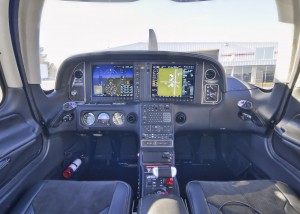 I recently had an FAA Inspector tell me that he knew of no Inspector that would approve a field approval request. He explained that modern day Inspectors are very leery of the legal profession, for the obvious reasons. If an FAA Inspector approves an alteration to an airplane, that FAA Inspector is now liable (“his neck is on the chopping block” were his exact words). While this hesitancy to take the responsibility for an alteration based on a field approval is real, there is another reason why FAA Inspectors are reluctant (read refuse) to use field approvals. And that is, the FAA. FAA Inspector A might see nothing wrong with a proposed field approval, and have no problem approving that field approval. But now, FAA Inspector A is relocated (moves away) and a new FAA Inspector, FAA Inspector B, shows up at the hangar where the proud airplane owner is located. FAA Inspector B notices the modification to the airplane and asks to see the supporting paperwork. The proud airplane owner fearlessly shows FAA Inspector B the approved (by FAA Inspector A) field approval. FAA Inspector B realizes that FAA Inspector A allowed the modification to be made with .032 bare aluminum when .040 alcalad aluminum should have been used. FAA Inspector B grounds the airplane, the airplane owner is more than a little upset, and FAA Inspector A is in big trouble (with the FAA). The bottom line is that there are just too many details that have to be checked (known about), and today’s FAA Inspectors know this and they therefore refuse (in general) to approve a field approval. As I understand it, the “easy” field approval basically ended after a cargo conversion field approval event. Several years ago, certain Flight Standards District Offices (FSDO) were allowing, via a field approval, Lear Jets and Citations to be converted from carrying passengers to carrying cargo. These field approved conversions did not meet all of the requirements that the FAA has for such (cargo) airplanes and apparently there were several FAA Inspectors who did not have enough answers for all of the questions that their superiors had. Because of the penalties brought against these FAA Inspectors by the FAA, FAA Inspectors now shy away from field approvals. It is just too easy to overlook something, and the consequences are great (either from lawyers or from the FAA). So now, any application for a field approval is probably going to be sent to the FAA’s Aircraft Certification Office (ACO). If the ACO will approve the field approval application, the FSDO will also approve the field approval application.
I recently had an FAA Inspector tell me that he knew of no Inspector that would approve a field approval request. He explained that modern day Inspectors are very leery of the legal profession, for the obvious reasons. If an FAA Inspector approves an alteration to an airplane, that FAA Inspector is now liable (“his neck is on the chopping block” were his exact words). While this hesitancy to take the responsibility for an alteration based on a field approval is real, there is another reason why FAA Inspectors are reluctant (read refuse) to use field approvals. And that is, the FAA. FAA Inspector A might see nothing wrong with a proposed field approval, and have no problem approving that field approval. But now, FAA Inspector A is relocated (moves away) and a new FAA Inspector, FAA Inspector B, shows up at the hangar where the proud airplane owner is located. FAA Inspector B notices the modification to the airplane and asks to see the supporting paperwork. The proud airplane owner fearlessly shows FAA Inspector B the approved (by FAA Inspector A) field approval. FAA Inspector B realizes that FAA Inspector A allowed the modification to be made with .032 bare aluminum when .040 alcalad aluminum should have been used. FAA Inspector B grounds the airplane, the airplane owner is more than a little upset, and FAA Inspector A is in big trouble (with the FAA). The bottom line is that there are just too many details that have to be checked (known about), and today’s FAA Inspectors know this and they therefore refuse (in general) to approve a field approval. As I understand it, the “easy” field approval basically ended after a cargo conversion field approval event. Several years ago, certain Flight Standards District Offices (FSDO) were allowing, via a field approval, Lear Jets and Citations to be converted from carrying passengers to carrying cargo. These field approved conversions did not meet all of the requirements that the FAA has for such (cargo) airplanes and apparently there were several FAA Inspectors who did not have enough answers for all of the questions that their superiors had. Because of the penalties brought against these FAA Inspectors by the FAA, FAA Inspectors now shy away from field approvals. It is just too easy to overlook something, and the consequences are great (either from lawyers or from the FAA). So now, any application for a field approval is probably going to be sent to the FAA’s Aircraft Certification Office (ACO). If the ACO will approve the field approval application, the FSDO will also approve the field approval application.
Basically then, the field approval no longer exists. So how does one get approval for a modification to his airplane? You start with an Airframe and Powerplant (A&P) mechanic that has his/her Inspection Authorization (IA). Then you hire an FAA Designated Engineer Representative (DER). After receiving the agreed upon sum of money, and discussing your desires for the modification, the DER will design the modification and supply you (read the IA) with all of the drawings and approvals that you will need to satisfy the FAA ACO. Having done this, you basically have an STC (which we will discuss in my next article).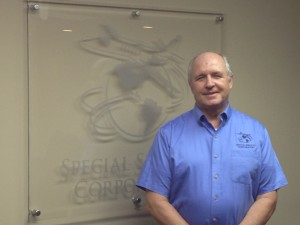
SSC has IA mechanics on staff and would be glad to consult with you on your next modification.
Ron Campbell
DOM, Special Services Corporation


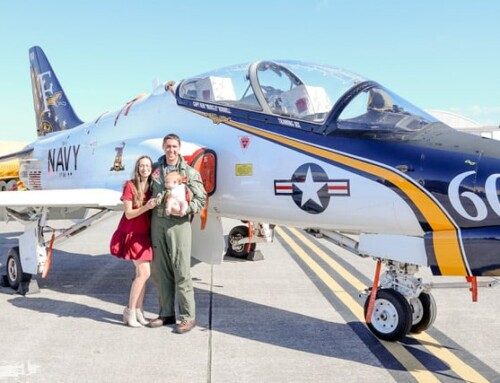
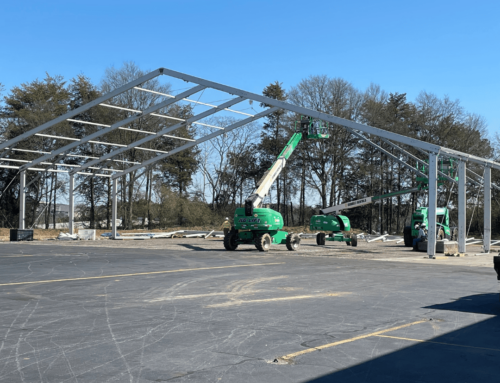

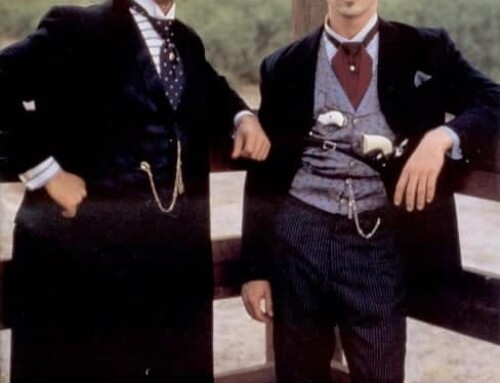
Leave A Comment